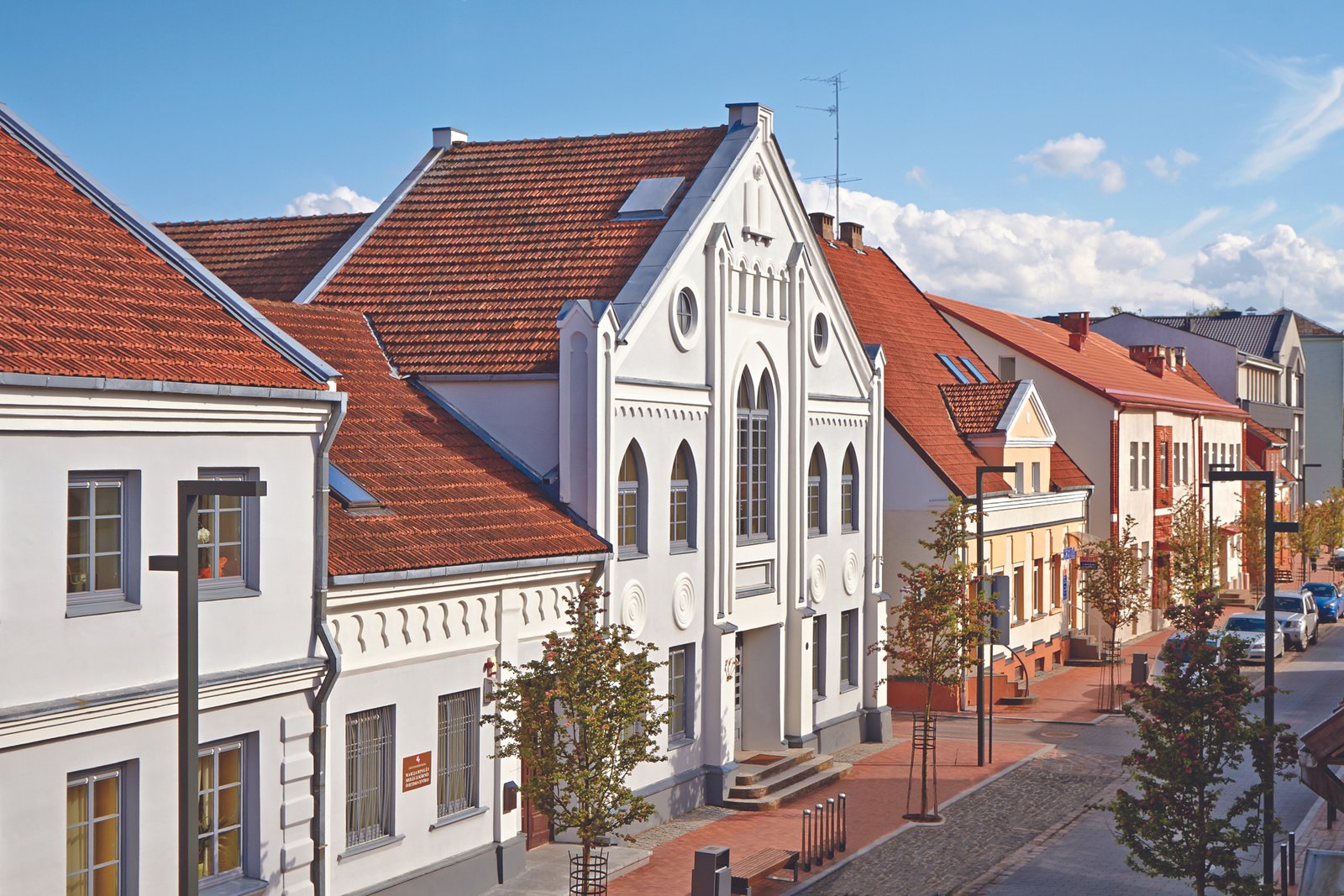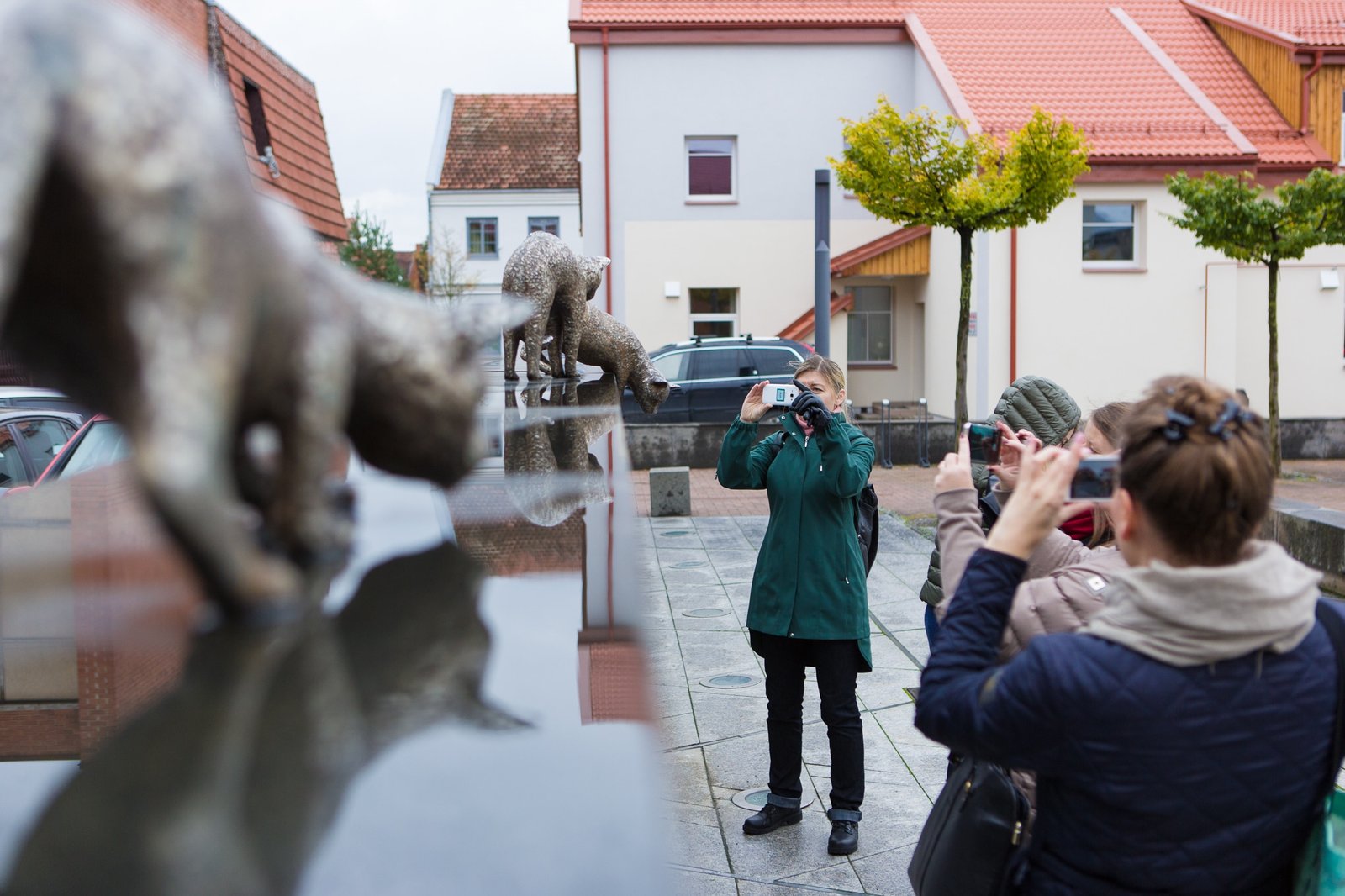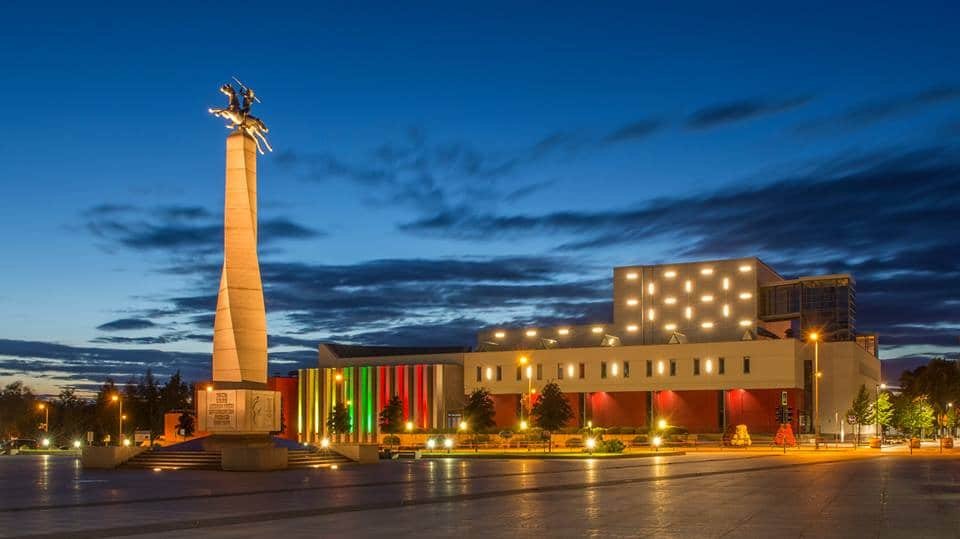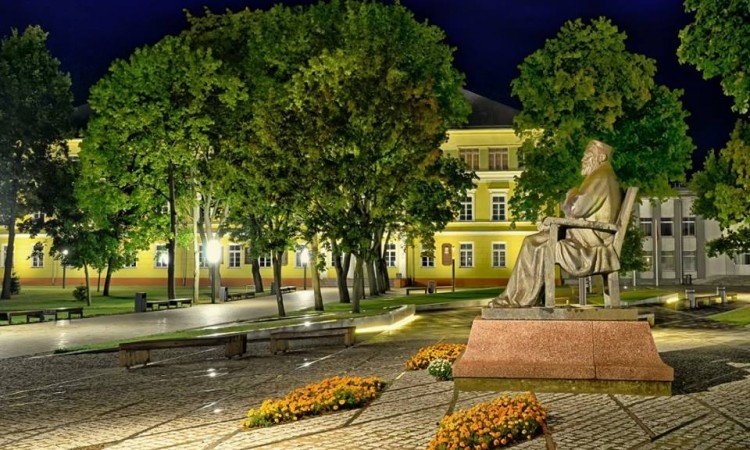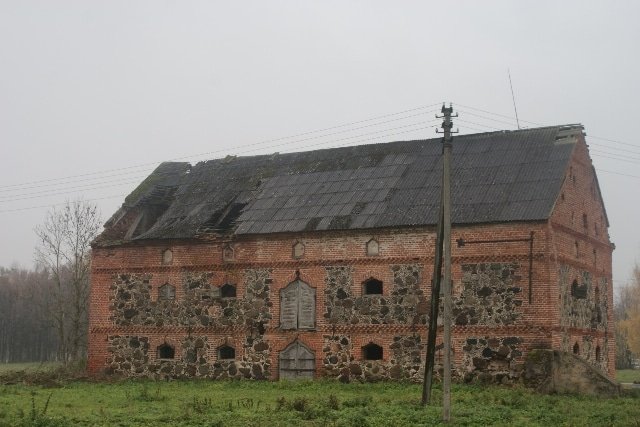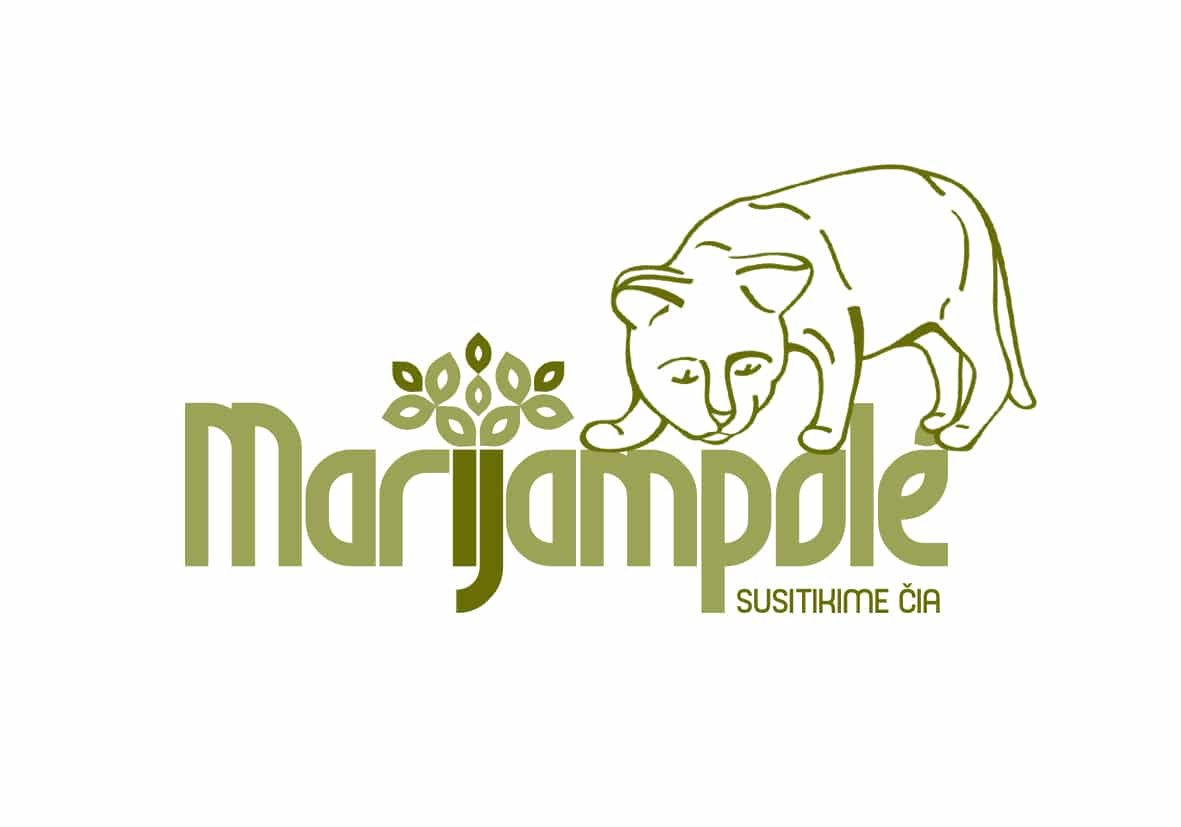Jonas Jablonskis introduced many new things in our language, without which we cannot do today. Now we probably would not have words such as future, past, compatriot, peasant, scientist, fellow, board, court, imagination, influence, impression, progress, oxygen, etc. However, Jonas Jablonskis ruthlessly chased newcomers who were misguided from the writings, such as the future (future), the art (content), science (school), the handball (textbook), the writer (writer), the image (imagination) and others.
And how did the word pupil appear thanks to the father of the Lithuanian literary language? A well-known story of how, while still a student, Jonas Jablonskis returned to his homeland for a vacation and saw a peasant in the field, and a young bull going by the side. When asked why the young man was "lazy", the peasant replied that he was still a schoolboy and was learning to work by going next to an older one. In this way, the "školnikas" and other non-Lithuanian names of children in education were changed by the pupil and remained to this day.


